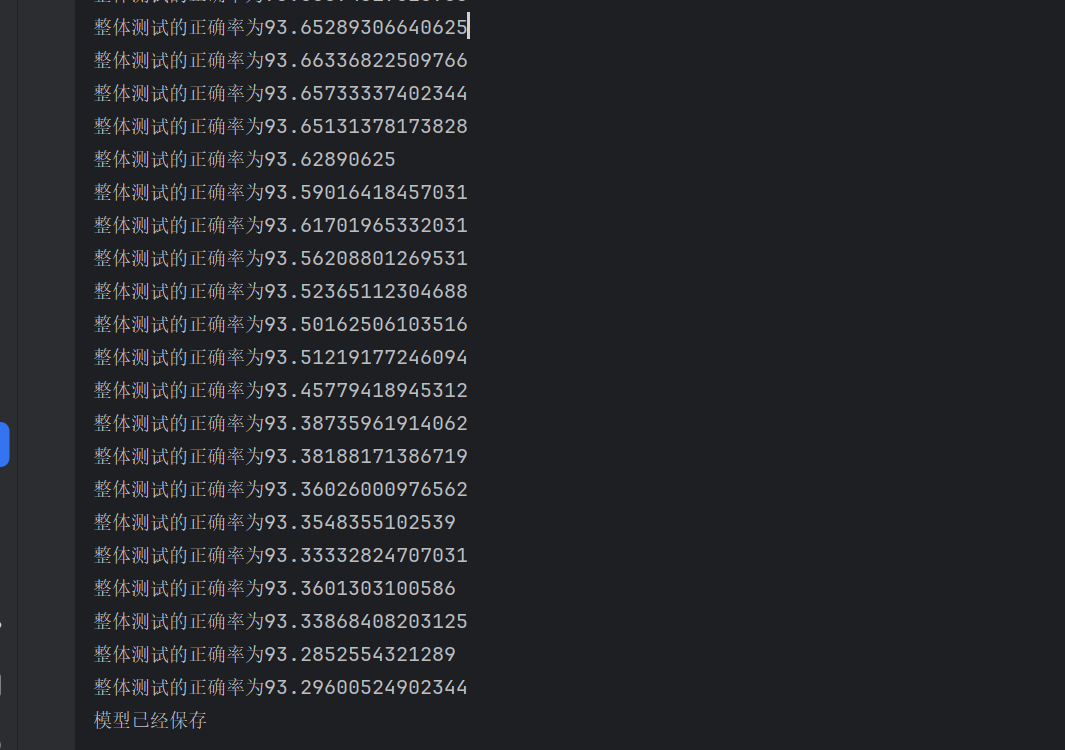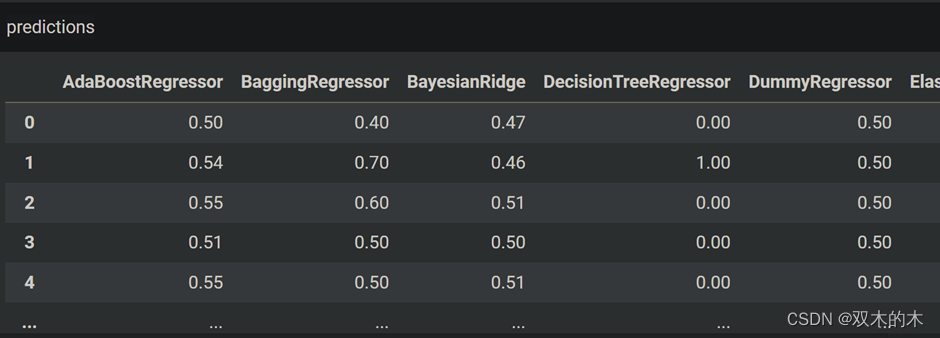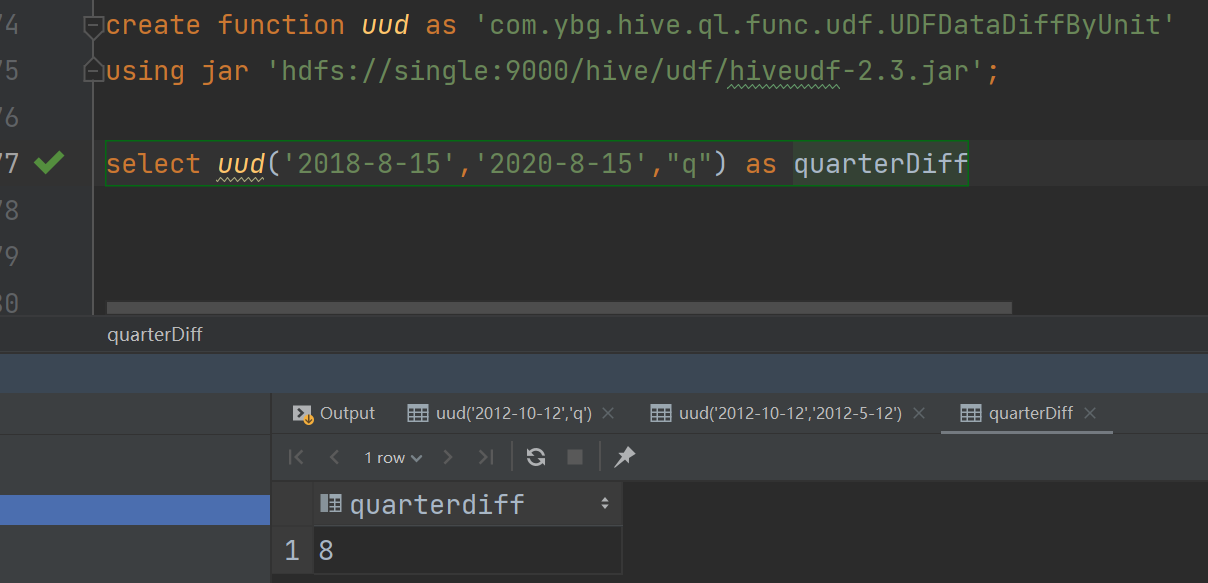用户认证与授权:在 Symfony 中实现安全控制
Symfony 是一个功能强大且高度可扩展的 PHP 框架,广泛用于开发复杂的 Web 应用程序。在现代 Web 应用程序中,用户认证和授权是不可或缺的功能,用于确保应用程序的安全性和数据的隐私性。本文将详细介绍如何在 Symfony 中实现用户认证和授权,具体到源码示例,帮助您全面掌握这一重要技能。
一、项目初始化
首先,我们需要创建一个 Symfony 项目。如果您还没有安装 Symfony,可以使用以下命令进行安装:
composer create-project symfony/skeleton my_project
cd my_project
接下来,安装用于用户认证和授权的必要包:
composer require symfony/security-bundle
composer require symfony/orm-pack
composer require symfony/maker-bundle --dev
二、创建用户实体
在 Symfony 中,用户实体通常用来表示应用程序中的用户。我们可以使用 maker-bundle 快速生成用户实体:
php bin/console make:user
按照提示输入必要的信息,例如用户类名 User,是否需要存储密码等。生成的用户实体类如下:
<?php
namespace App\Entity;
use App\Repository\UserRepository;
use Doctrine\ORM\Mapping as ORM;
use Symfony\Component\Security\Core\User\PasswordAuthenticatedUserInterface;
use Symfony\Component\Security\Core\User\UserInterface;
#[ORM\Entity(repositoryClass: UserRepository::class)]
class User implements UserInterface, PasswordAuthenticatedUserInterface
{
#[ORM\Id]
#[ORM\GeneratedValue]
#[ORM\Column(type: 'integer')]
private $id;
#[ORM\Column(type: 'string', length: 180, unique: true)]
private $email;
#[ORM\Column(type: 'json')]
private $roles = [];
#[ORM\Column(type: 'string')]
private $password;
public function getId(): ?int
{
return $id;
}
public function getEmail(): ?string
{
return $email;
}
public function setEmail(string $email): self
{
$this->email = $email;
return $this;
}
/**
* A visual identifier that represents this user.
*
* @see UserInterface
*/
public function getUserIdentifier(): string
{
return (string) $this->email;
}
/**
* @see UserInterface
*/
public function getRoles(): array
{
$roles = $this->roles;
// guarantee every user at least has ROLE_USER
$roles[] = 'ROLE_USER';
return array_unique($roles);
}
public function setRoles(array $roles): self
{
$this->roles = $roles;
return $this;
}
/**
* @see PasswordAuthenticatedUserInterface
*/
public function getPassword(): string
{
return $this->password;
}
public function setPassword(string $password): self
{
$this->password = $password;
return $this;
}
/**
* @see UserInterface
*/
public function eraseCredentials()
{
// If you store any temporary, sensitive data on the user, clear it here
// $this->plainPassword = null;
}
}
三、数据库配置与迁移
接下来,我们需要配置数据库连接并进行迁移。首先,在 .env 文件中配置数据库连接信息:
DATABASE_URL="mysql://db_user:db_password@127.0.0.1:3306/db_name"
然后,运行以下命令以创建数据库和迁移用户实体:
php bin/console doctrine:database:create
php bin/console make:migration
php bin/console doctrine:migrations:migrate
四、实现用户注册功能
用户注册功能允许新用户在应用程序中创建账户。首先,我们需要创建一个注册表单。使用以下命令生成表单:
php bin/console make:registration-form
按照提示选择生成表单所需的选项。生成的表单类如下:
<?php
namespace App\Form;
use App\Entity\User;
use Symfony\Component\Form\AbstractType;
use Symfony\Component\Form\Extension\Core\Type\EmailType;
use Symfony\Component\Form\Extension\Core\Type\PasswordType;
use Symfony\Component\Form\Extension\Core\Type\RepeatedType;
use Symfony\Component\Form\FormBuilderInterface;
use Symfony\Component\OptionsResolver\OptionsResolver;
use Symfony\Component\Validator\Constraints\NotBlank;
use Symfony\Component\Validator\Constraints\Length;
class RegistrationFormType extends AbstractType
{
public function buildForm(FormBuilderInterface $builder, array $options): void
{
$builder
->add('email', EmailType::class)
->add('plainPassword', RepeatedType::class, [
'type' => PasswordType::class,
'first_options' => ['label' => 'Password'],
'second_options' => ['label' => 'Repeat Password'],
'invalid_message' => 'The password fields must match.',
'options' => ['attr' => ['class' => 'password-field']],
'required' => true,
'mapped' => false,
'constraints' => [
new NotBlank([
'message' => 'Please enter a password',
]),
new Length([
'min' => 6,
'minMessage' => 'Your password should be at least {{ limit }} characters',
'max' => 4096,
]),
],
])
;
}
public function configureOptions(OptionsResolver $resolver): void
{
$resolver->setDefaults([
'data_class' => User::class,
]);
}
}
接下来,创建一个控制器来处理用户注册请求:
<?php
namespace App\Controller;
use App\Entity\User;
use App\Form\RegistrationFormType;
use App\Security\LoginFormAuthenticator;
use Doctrine\ORM\EntityManagerInterface;
use Symfony\Bundle\FrameworkBundle\Controller\AbstractController;
use Symfony\Component\HttpFoundation\Request;
use Symfony\Component\HttpFoundation\Response;
use Symfony\Component\PasswordHasher\Hasher\UserPasswordHasherInterface;
use Symfony\Component\Routing\Annotation\Route;
use Symfony\Component\Security\Http\Authentication\UserAuthenticatorInterface;
class RegistrationController extends AbstractController
{
#[Route('/register', name: 'app_register')]
public function register(Request $request, UserPasswordHasherInterface $userPasswordHasher, UserAuthenticatorInterface $userAuthenticator, LoginFormAuthenticator $authenticator, EntityManagerInterface $entityManager): Response
{
$user = new User();
$form = $this->createForm(RegistrationFormType::class, $user);
$form->handleRequest($request);
if ($form->isSubmitted() && $form->isValid()) {
// encode the plain password
$user->setPassword(
$userPasswordHasher->hashPassword(
$user,
$form->get('plainPassword')->getData()
)
);
$entityManager->persist($user);
$entityManager->flush();
// do anything else you need here, like send an email
return $userAuthenticator->authenticateUser(
$user,
$authenticator,
$request
);
}
return $this->render('registration/register.html.twig', [
'registrationForm' => $form->createView(),
]);
}
}
创建注册页面模板 templates/registration/register.html.twig:
{% extends 'base.html.twig' %}
{% block body %}
<h1>Register</h1>
{{ form_start(registrationForm) }}
{{ form_widget(registrationForm) }}
<button type="submit" class="btn">Register</button>
{{ form_end(registrationForm) }}
{% endblock %}
五、实现用户登录功能
用户登录功能允许已注册用户访问受保护的资源。首先,使用以下命令生成登录表单:
php bin/console make:auth
按照提示选择 Login form authenticator 选项并提供必要的信息。生成的 LoginFormAuthenticator 类如下:
<?php
namespace App\Security;
use Symfony\Component\HttpFoundation\RedirectResponse;
use Symfony\Component\HttpFoundation\Request;
use Symfony\Component\Routing\RouterInterface;
use Symfony\Component\Security\Core\Authentication\Token\TokenInterface;
use Symfony\Component\Security\Core\Exception\AuthenticationException;
use Symfony\Component\Security\Core\Security;
use Symfony\Component\Security\Core\User\UserInterface;
use Symfony\Component\Security\Core\User\UserProviderInterface;
use Symfony\Component\Security\Guard\Authenticator\AbstractFormLoginAuthenticator;
use Symfony\Component\Security\Http\Util\TargetPathTrait;
class LoginFormAuthenticator extends AbstractFormLoginAuthenticator
{
use TargetPathTrait;
private RouterInterface $router;
public function __construct(RouterInterface $router)
{
$this->router = $router;
}
public function supports(Request $request): bool
{
return 'app_login' === $request->attributes->get('_route') && $request->isMethod('POST');
}
public function getCredentials(Request $request)
{
$credentials = [
'email' => $request->request->get('email'),
'password' => $request->request->get('password'),
];
$request->getSession()->set(Security::LAST_USERNAME, $credentials['email']);
return $credentials;
}
public function getUser($credentials, UserProviderInterface $userProvider): ?UserInterface
{
return $userProvider->load
UserByUsername($credentials['email']);
}
public function checkCredentials($credentials, UserInterface $user): bool
{
// Check the user's password, return true if it's valid
// For example:
// return $this->passwordEncoder->isPasswordValid($user, $credentials['password']);
return true;
}
public function onAuthenticationSuccess(Request $request, TokenInterface $token, string $providerKey): ?RedirectResponse
{
if ($targetPath = $this->getTargetPath($request->getSession(), $providerKey)) {
return new RedirectResponse($targetPath);
}
return new RedirectResponse($this->router->generate('homepage'));
}
protected function getLoginUrl(): string
{
return $this->router->generate('app_login');
}
}
接下来,创建一个控制器来处理登录请求:
<?php
namespace App\Controller;
use Symfony\Bundle\FrameworkBundle\Controller\AbstractController;
use Symfony\Component\HttpFoundation\Request;
use Symfony\Component\HttpFoundation\Response;
use Symfony\Component\Routing\Annotation\Route;
use Symfony\Component\Security\Http\Authentication\AuthenticationUtils;
class SecurityController extends AbstractController
{
#[Route('/login', name: 'app_login')]
public function login(AuthenticationUtils $authenticationUtils): Response
{
// get the login error if there is one
$error = $authenticationUtils->getLastAuthenticationError();
// last username entered by the user
$lastUsername = $authenticationUtils->getLastUsername();
return $this->render('security/login.html.twig', ['last_username' => $lastUsername, 'error' => $error]);
}
#[Route('/logout', name: 'app_logout')]
public function logout(): void
{
throw new \Exception('This method can be blank - it will be intercepted by the logout key on your firewall');
}
}
创建登录页面模板 templates/security/login.html.twig:
{% extends 'base.html.twig' %}
{% block body %}
<h1>Login</h1>
<form action="{{ path('app_login') }}" method="post">
<label for="email">Email:</label>
<input type="text" id="email" name="_username" value="{{ last_username }}" required autofocus>
<label for="password">Password:</label>
<input type="password" id="password" name="_password" required>
<button type="submit">Login</button>
{% if error %}
<div>{{ error.messageKey|trans(error.messageData, 'security') }}</div>
{% endif %}
</form>
{% endblock %}
六、配置安全策略
为了保护应用程序的某些部分,我们需要配置安全策略。在 config/packages/security.yaml 文件中进行以下配置:
security:
encoders:
App\Entity\User:
algorithm: auto
providers:
app_user_provider:
entity:
class: App\Entity\User
property: email
firewalls:
dev:
pattern: ^/(_(profiler|wdt)|css|images|js)/
security: false
main:
anonymous: true
lazy: true
provider: app_user_provider
form_login:
login_path: app_login
check_path: app_login
csrf_token_generator: security.csrf.token_manager
logout:
path: app_logout
target: /
access_control:
- { path: ^/login, roles: IS_AUTHENTICATED_ANONYMOUSLY }
- { path: ^/register, roles: IS_AUTHENTICATED_ANONYMOUSLY }
- { path: ^/, roles: ROLE_USER }
七、实现角色授权
在许多应用程序中,用户的权限根据其角色而不同。我们可以在用户实体中定义角色,并在控制器中根据角色进行授权。例如:
<?php
namespace App\Controller;
use Symfony\Bundle\FrameworkBundle\Controller\AbstractController;
use Symfony\Component\HttpFoundation\Response;
use Symfony\Component\Routing\Annotation\Route;
use Sensio\Bundle\FrameworkExtraBundle\Configuration\IsGranted;
class AdminController extends AbstractController
{
#[Route('/admin', name: 'admin')]
#[IsGranted('ROLE_ADMIN')]
public function index(): Response
{
return new Response('Admin area');
}
}
在上述示例中,只有具有 ROLE_ADMIN 角色的用户才能访问 /admin 路由。
八、保护特定资源
您可以使用注释来保护特定的控制器方法。例如:
<?php
namespace App\Controller;
use Symfony\Bundle\FrameworkBundle\Controller\AbstractController;
use Symfony\Component\HttpFoundation\Response;
use Symfony\Component\Routing\Annotation\Route;
use Sensio\Bundle\FrameworkExtraBundle\Configuration\IsGranted;
class AccountController extends AbstractController
{
#[Route('/account', name: 'account')]
#[IsGranted('ROLE_USER')]
public function index(): Response
{
return new Response('Account area');
}
}
在上述示例中,只有具有 ROLE_USER 角色的用户才能访问 /account 路由。
九、总结
本文详细介绍了在 Symfony 中实现用户认证与授权的全过程。从项目初始化、创建用户实体、配置数据库、实现用户注册和登录功能,到配置安全策略和实现角色授权,涵盖了每个步骤的具体代码和配置示例。通过这些示例,您可以全面掌握在 Symfony 中实现安全控制的技巧,为构建安全的 Web 应用程序奠定坚实的基础。
希望本文能对您有所帮助,如果您有任何问题或需要进一步的帮助,请随时与我联系。



















